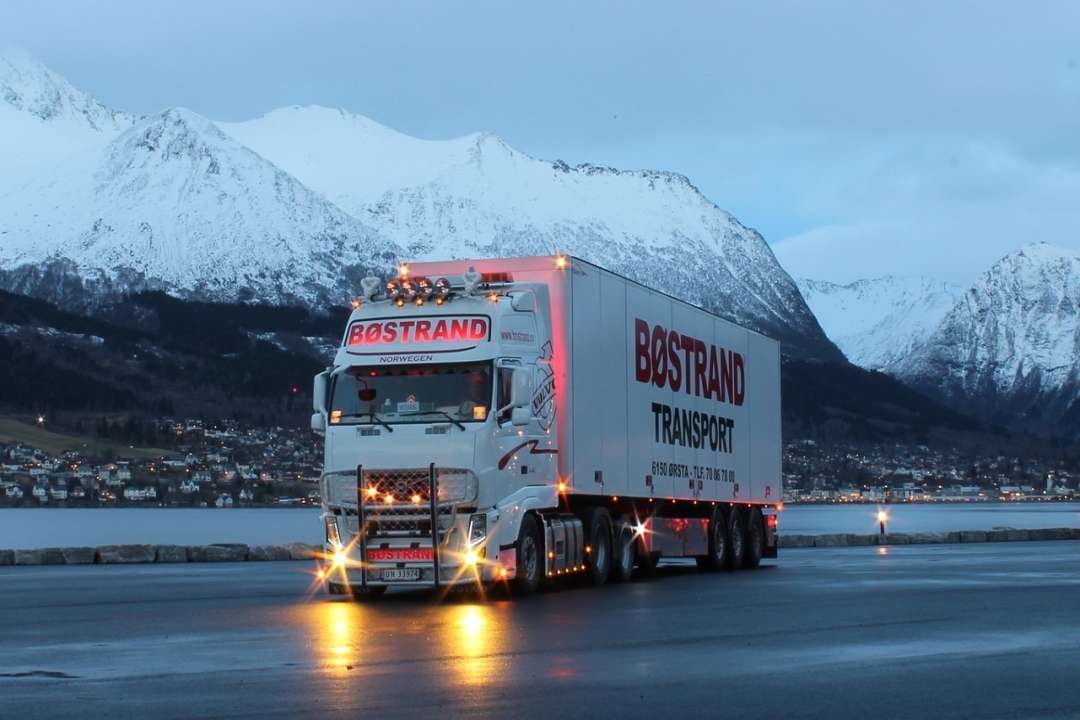Trucks equipped with liquefied natural gas (LNG) are set to benefit from a new proposal by the Ministry of Petroleum & Natural Gas (MoPNG), which aims to allocate a dedicated natural gas capacity of 0.5 MSCMD (Million Standard Cubic Meters per Day) over the next three years. This initiative is designed to curb carbon emissions in the transport sector, with a particular emphasis on long-range heavy-duty vehicles (HDVs) that play a key role in mid-mile deliveries.
The Ministry’s strategy is to convert approximately one-third of the current fleet of long-haul heavy-duty trucks to LNG and ensure that about one-third of newly introduced HDVs also utilize LNG as their fuel. This goal is projected to lead to a one-third reduction in vehicular pollution over a timeframe of 5 to 7 years. The plan includes developing strategies to stabilize LNG prices nationwide, which is essential for widespread adoption.
As of March 2020, India has around 5.8 million trucks and lorries, alongside 1.6 million multi-axle articulated vehicles. To support this transition to LNG, MoPNG emphasizes the need for a network of LNG dispensing stations placed at regular intervals, as well as in closed-loop systems such as mining areas. Additionally, Original Equipment Manufacturers (OEMs) will need encouragement to produce a significant number of LNG-powered HDVs.
To ensure consistent LNG pricing over the next three years, the Ministry has proposed to allocate 0.5 MSCMD of domestic natural gas from new wells or well interventions. This allocation is anticipated to provide enough fuel for approximately 50,000 trucks within the next 2 to 3 years.
Oil and Gas Marketing Companies (OMCs) have been tasked with establishing 49 LNG stations in the initial phase. This number may be increased depending on the LNG market’s growth, availability, and usage. The Ministry is also considering advising OMCs to offer incentives to fleet owners who convert their diesel trucks to LNG. Additionally, there are plans to develop the Delhi-Mumbai expressway as a pilot LNG Highway, which may include toll tax exemptions for LNG-powered HDVs.
The market for LNG as a transport fuel is experiencing gradual but steady growth. According to the Indian Gas Exchange (IGX), the demand for road-transported LNG is expected to rise to 5 MSCMD over the next five years. In April 2024, IGX introduced contracts for small-scale liquefied natural gas (ssLNG), which allows for the transportation of larger volumes of LNG via trucks, potentially making it more economically feasible for buyers who are not connected to pipelines.
Companies that manufacture LNG-fired HDVs are likely to benefit from the expansion of LNG infrastructure across the country, particularly along national highways. GreenLine, which operates India’s largest fleet of LNG-powered heavy commercial vehicles (HCVs), has already deployed approximately 500 vehicles and plans to invest ₹5,000 crore over the next two years to increase its fleet by about 5,000 trucks.
Other significant players in this sector include Concor, AVG Logistics, and Delhivery. An LNG truck, which generally costs around ₹85 lakhs, including the trailer, insurance, RTO, and road tax, can travel approximately 1,200-1,400 km on a full tank of LNG, which is about 390-400 kg. LNG offers a 20 percent improvement in mileage compared to diesel, resulting in lower operational costs.
Diesel-powered long-range trucks carrying heavy loads are a major contributor to carbon emissions in the transport sector, which accounts for nearly 13.5 percent of India’s energy-related emissions. LNG, recognized as one of the most effective transition fuels, produces 30 percent less CO2, 100 percent less sulfur oxides (SOx), 59 percent less nitrogen oxides (NOx), and 91 percent less particulate matter (PM) compared to diesel. The Ministry estimates that LNG has a 24 percent lower emission factor (gCO2/kg-fuel) than diesel.







